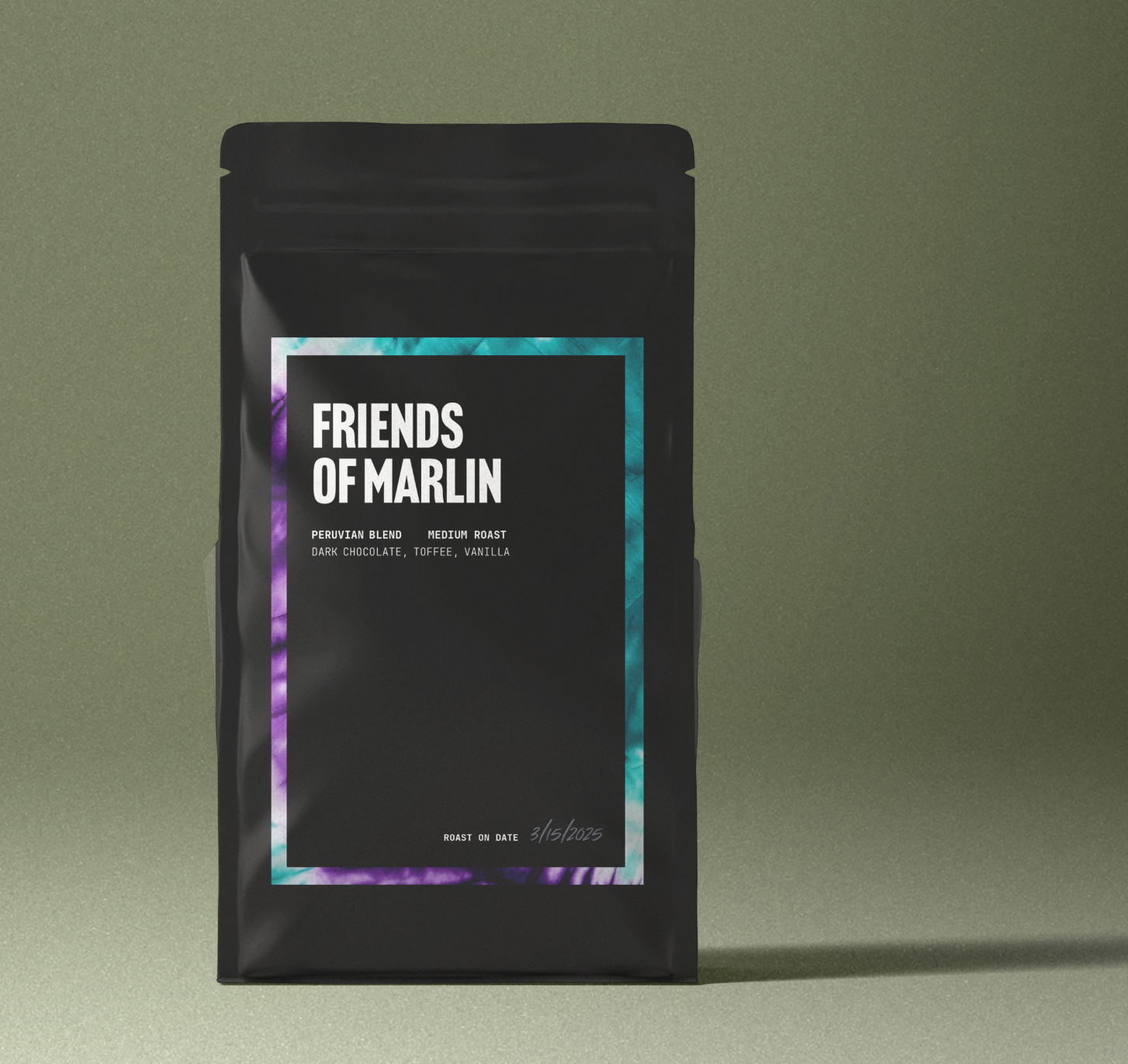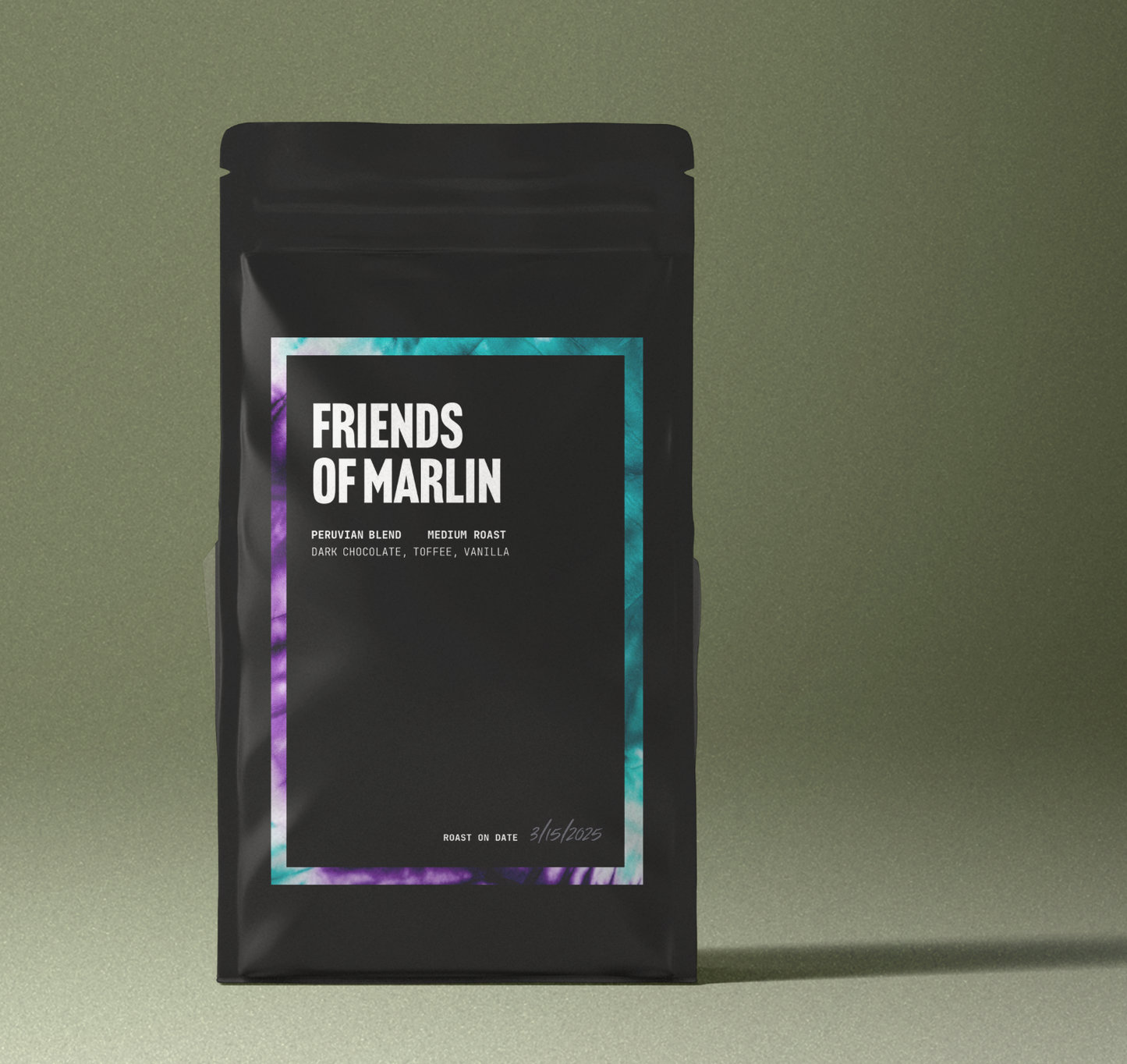
The 12 Best Ways to Grind Coffee Beans
Share
Why Grinding Deserves More Attention Great coffee starts long before water ever touches the grounds. The moment you grind a bean, you create thousands of microscopic surfaces where aromatic compounds can dissolve into water. Grind size and uniformity control how fast those compounds extract; inconsistency creates a cup that’s simultaneously bitter and sour. In other words, dialing in your grind is the single most powerful lever you have over flavor—often more impactful than brew temperature, brew ratio, or even the beans themselves.
Understanding coffee grind consistency is crucial to brewing success. A grind that is too coarse or too fine can completely alter the flavor profile of your cup. Matching your grind size to the brewing method—whether it's French press, pour-over, cold brew, or espresso—is essential. That's why many baristas consult a coffee grind size chart to ensure precision.
This guide explores a dozen grinding methods—from prehistoric stone mortars to state‑of‑the‑art single‑dose burr machines—so you can match the tool to your taste, budget, and brewing ritual.
We also compare conical vs flat burr grinders and delve into coffee grinder alignment and maintenance tips.
The Science in 60 Seconds
Surface Area: Finer particles extract faster because more coffee is exposed to water.
Particle Distribution: Uniformity prevents over‑ and under‑extraction in the same cup.
Heat & Friction: Excessive heat volatilizes delicate aromatics before they ever reach your mug.
Retention: Grinders that trap grounds in chutes or burr chambers deliver yesterday’s flavors
in today’s brew. This makes understanding coffee grinder retention all the more important.
Grind Size
Cheat‑Sheet
Extra‑Coarse – Feels like rock salt; perfect for long‑steep cold brew immersion.
Coarse – Resembles kosher salt; ideal for French press or cupping protocols.
Medium‑Coarse – Rough‑sand texture; works well for a Clever dripper or Chemex.
Medium – Think beach sand; suited to most auto‑drip machines and classic pour‑overs.
Medium‑Fine – Similar to table salt; great for AeroPress recipes around two to three minutes.
Fine – Powdered‑sugar consistency; mandatory for espresso or Moka pots.
Extra‑Fine – Almost flour‑like; required for traditional Turkish ibrik brewing.
Need help choosing? A coffee grinder settings guide or grind size chart can help simplify your decision.
Ancestral & DIY Methods
Mortar & Pestle
How it works: Crush and roll beans until the desired texture appears.
Flavor upside: Zero heat buildup and total control over grind size.
Downside: Tedious and inconsistent for anything beyond a single cup.
Pro tip: Pulse rather than pound for a more even distribution.
Rolling Pin (or Wine Bottle)
How it works: Place beans in a zip‑top bag, then smash and roll.
When to use: Camping trips or hotel rooms with no grinder in sight.
Drawback: You’ll create a mix of boulders and dust—better suited for French press than espresso.
Stone Metate & Hand‑Crank Mills
Cultural mainstays in Ethiopia, Mexico, and parts of the Middle East. Offer a visceral connection to coffee’s origins but require Herculean effort for daily use.
Turkish Brass Grinder
Design: Tall, cylindrical, and often heirloom‑quality.
Performance: Produces an ultra‑fine, fluffy powder perfect for Turkish coffee brewing.
Bonus: Doubles as a spice grinder for cardamom or pepper.
Blade Grinders: Friend or Foe?
What They Are
A propeller‑style blade spins at 20,000+ rpm, chopping beans into shards.
Pros
Affordable and widely available. A common choice among those buying their first electric coffee grinder.
Cons
Highly inconsistent particle sizes—think boulders and dust. Heat generation can singe lighter roasts. Nearly impossible to “dial in” for espresso.
Make the Most of It
Shake the grinder while running to redistribute particles. Pulse in short bursts to reduce heat. Sift with a tea strainer to remove fines for French press.
Burr Grinders: The Gold Standard
Conical vs. Flat Burr
Key Differences: Conical burrs feature a cone nested inside a hollow cone; flat burrs use two parallel discs. Conical designs often yield a cup with slightly more body, whereas flat burrs accentuate clarity and high‑end sweetness. Many coffee lovers researching "burr grinder vs blade grinder" ultimately choose burrs for their consistency.
Electric Burr Grinders
- Entry‑Level (e.g., Baratza Encore, Fellow Opus): Stepped adjustment; great for drip to French press.
- Prosumer Single‑Dose (e.g., Niche Zero, DF64): Low retention, stepless adjustment, suitable for espresso and filter.
- Commercial Titans (e.g., Mahlkönig EK43): Exceptional for consistency—ideal for coffee shops.
Manual Coffee Grinders
Travel‑Friendly models like Comandante C40 and 1Zpresso J‑series are lightweight yet precise. They're excellent options for people brewing a single cup per day. Using a manual coffee grinder for espresso, however, takes serious effort.
Roller Mills & Other Industrial Options
Roller Mill Beans pass between corrugated steel rollers. Offers professional-level grind consistency.
Disc & Hammer Mills Used for instant and soluble coffee production. Not suitable for home or specialty brewing.
Alternative Appliances
Spice Grinder or Mini‑Prep Food Processor
Functionally a blade grinder. Some people use these in place of electric coffee grinders for casual use.
Blender
Good for coarse grinds like cold brew. Always sift and monitor motor heat to preserve flavor.
Meat Tenderizer or Hammer
An emergency tool for grinding, though it lacks control.
Dialing‑In: How to Match Grind to Brew
- French Press: Start coarse; if the cup tastes thin, go slightly finer.
- Pour‑Over (V60, Kalita): Medium grind; adjust one “click” at a time.
- Espresso: Fine and fickle; even a minor burr movement affects brew time.
- Cold Brew: Extra‑coarse grind size for cold brew ensures a smoother result.
- Turkish: Ultra‑fine; ideal when using a Turkish coffee grinder.
Maintenance & Modding
- RDT (Ross Droplet Technique): One mist of water kills static and clumping.
- Seasoning Burrs: Use cheaper beans to smooth out machining burrs.
- Alignment Shims: Improve grind quality—especially in flat burr grinders.
- Coffee grinder maintenance is key: deep-clean monthly for filter, weekly for espresso.
Sustainability & Longevity
Investing in a quality grinder reduces landfill waste. Sharpening or replacing burrs is part of good coffee grinder maintenance and keeps your flavor consistent. Donate old blade grinders to friends who love spices—they’re perfect for cumin or flaxseed.
Choosing Your Grinder: A Five‑Question Checklist
- What’s your primary brew method? The best coffee grinder for espresso must allow stepless precision.
- How many cups per day? One cup = manual joy; six = electric sanity.
- How sensitive are you to noise? Consider quiet conical burrs.
- How much counter space? Single-dose burr grinders are efficient.
- What’s your budget? Many recommend spending 40% of your coffee budget on your grinder for optimal ROI.
Grind to Shine
Your grinder isn’t just a kitchen gadget; it’s the gatekeeper of flavor. Whether you’re crushing beans with a rolling pin or dialing in a stepless flat-burr titan, the goal is the same: unlock the nuanced sweetness, acidity, and aroma inside every seed of Coffea. Understand coffee grinder alignment, consistency, and retention to get the best flavor. Choose the right tool, maintain it well, and taste the difference. Happy grinding—and even happier brewing!

